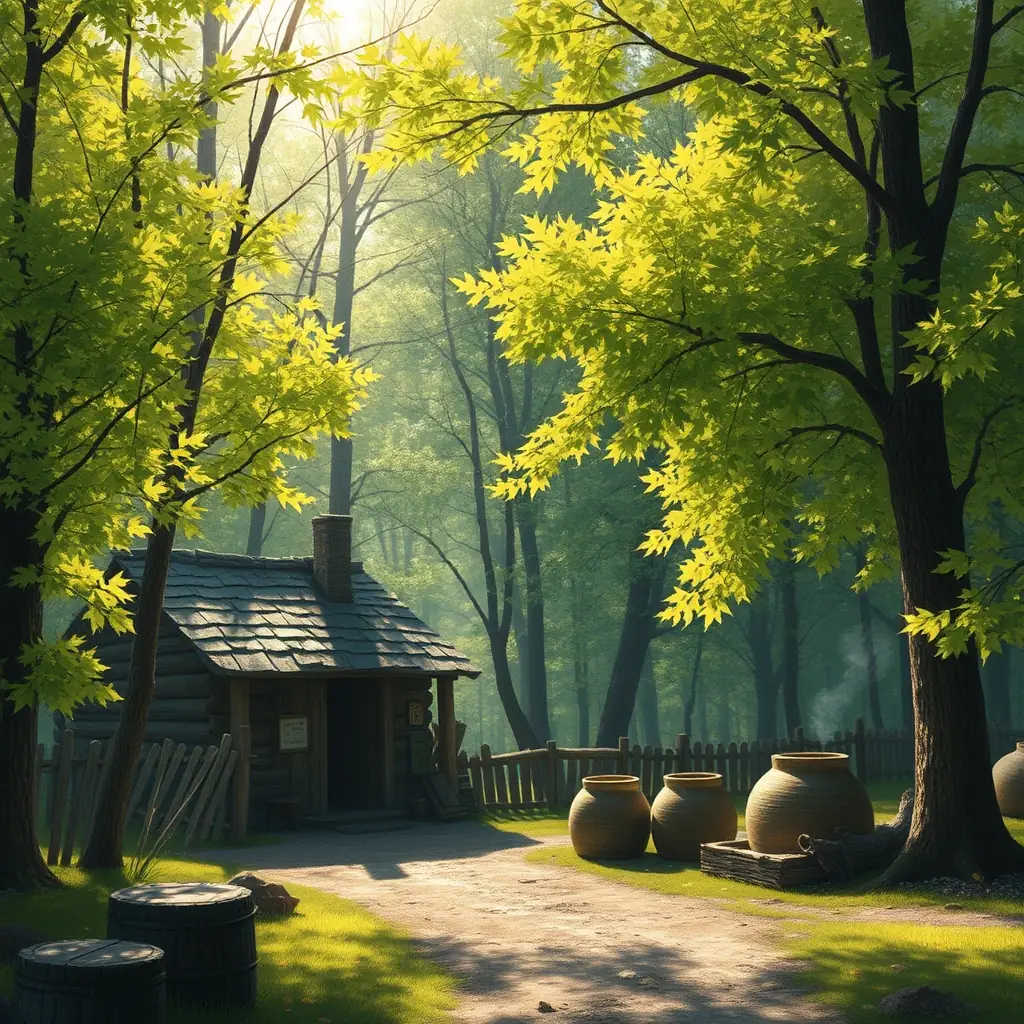Maple syrup’s history begins with Indigenous peoples of Northeastern North America, who first discovered and produced it using sap from maple trees. They developed techniques for collecting and concentrating sap, which were adopted by European settlers in the 17th century. The first written account of maple sugaring appeared in 1557. By the 19th century, technological advancements, such as the introduction of evaporators and flat metal pans, improved production efficiency. The industry flourished during the American Civil War era, with a peak in production in 1860. Innovations continued into the 20th century, including tubing systems and reverse-osmosis filters. Today, maple syrup remains a significant industry, particularly in the northeastern U.S. and Canada, with Vermont being the largest producer in the U.S., emphasizing both traditional methods and modern techniques to preserve this cherished natural sweetener.
I began producing maple syrup 10 years ago with 10 trees and a propane burner.
We tap over 300 maple trees each season, ensuring a sustainable and high-quality syrup production process.
40 gallons of sap are painstakingly boiled down to produce a single gallon of maple syrup.


Maple syrup production begins with finding the perfect trees. While syrup can be made from almost any maple, sugar maple sap has the highest sugar concentration. We select healthy trees at least 8″ in diameter.
We tap our trees in January-February so they are ready when the sap starts to run. Ideal sap flow happens when we have a freeze at night and a thaw during the day. The higher the temperature difference, the more sap flows.
Initially, we collected sap with buckets just like people have done for over 150 years. But we quickly shifted to a pipeline collection system which saves us time and keeps the sap cleaner for a better tasting product.
After collecting the sap, we run it through a reverse osmosis system to remove about 50% of the water. Then the sap flows into our maple sugaring pan where another 47.5% of the water is boiled off. It is during this time that the maple is carmelized, taking on an amber color and that distinctive maple taste.